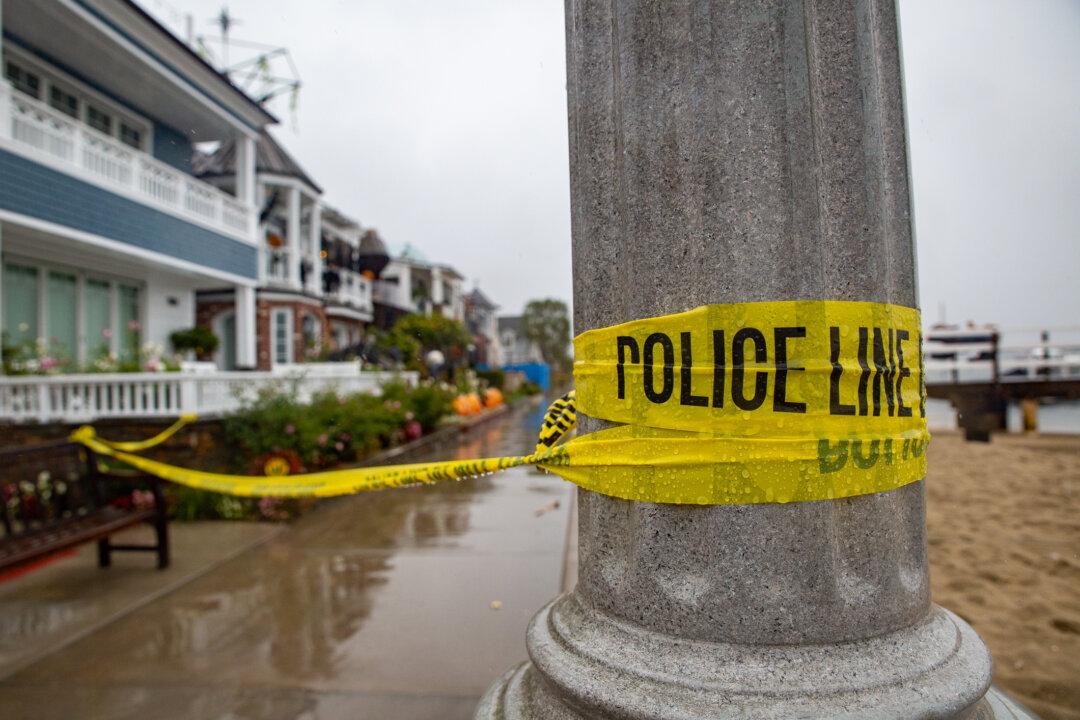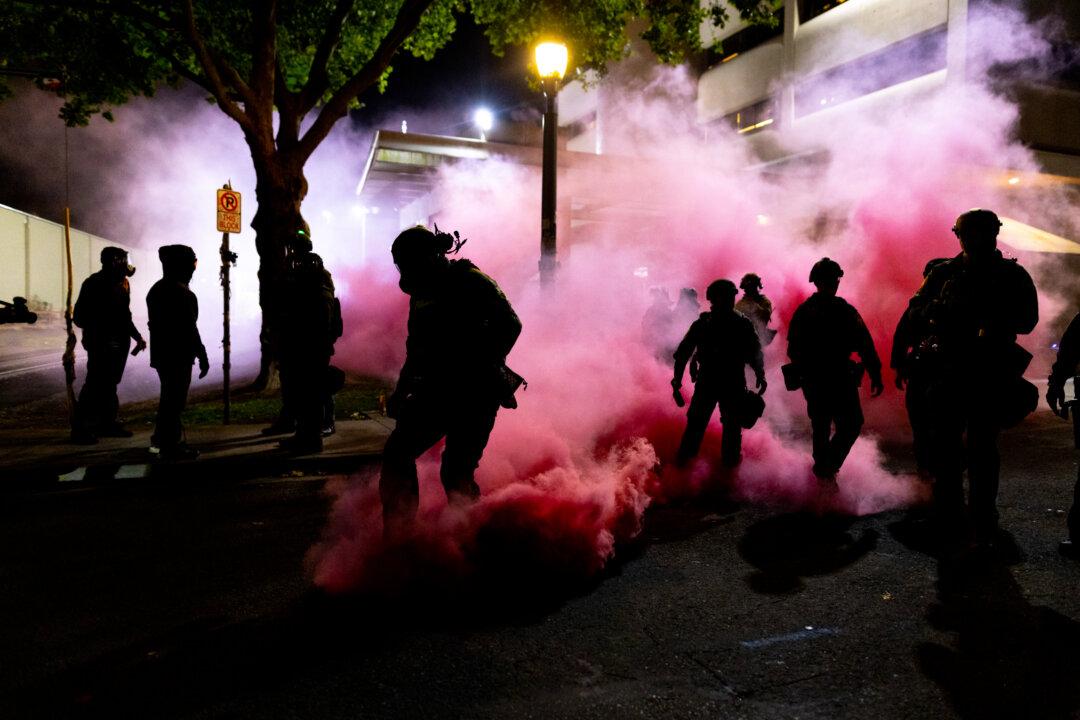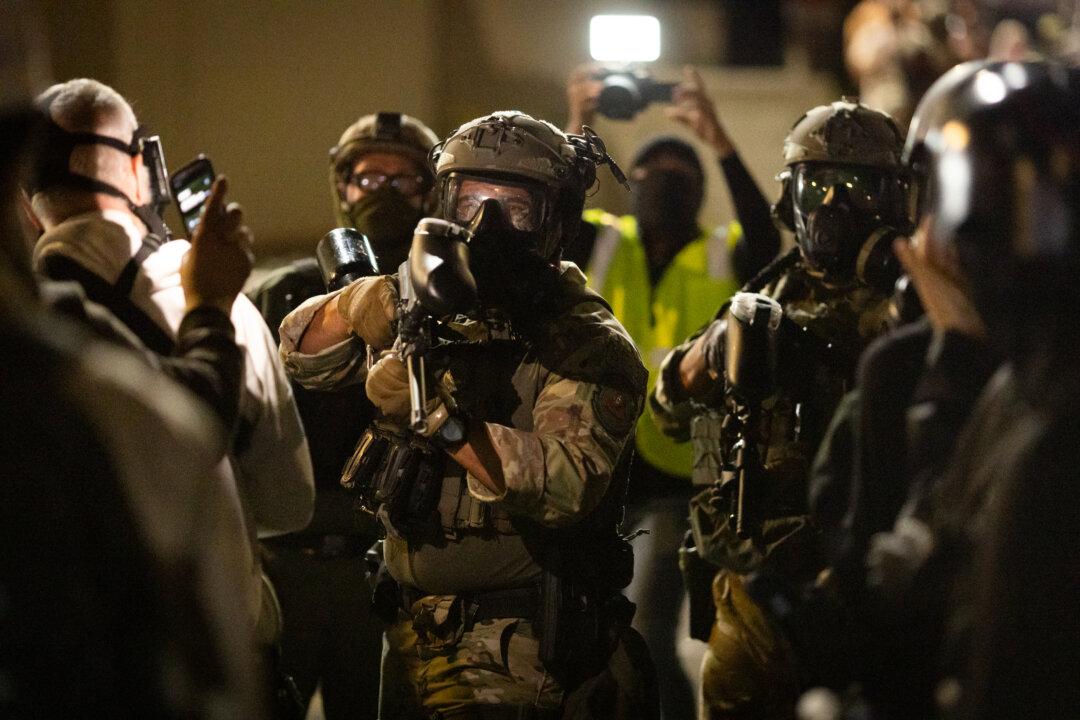NEWPORT BEACH, Calif.—Heavy rain drops began to fall against a white truck marked “HAZMAT” parked at the end of the 100 block of Diamond Ave in the quaint Balboa Island neighborhood, surrounded by expensive yachts that line the Newport Beach Harbor.
Just 300 feet away in a home across the threshold of yellow police tape were the bodies of Andrew Adams, 43; Desiree Temple, 43, of Yorba Linda; and Samantha Haiman, 45, of Riverside.




